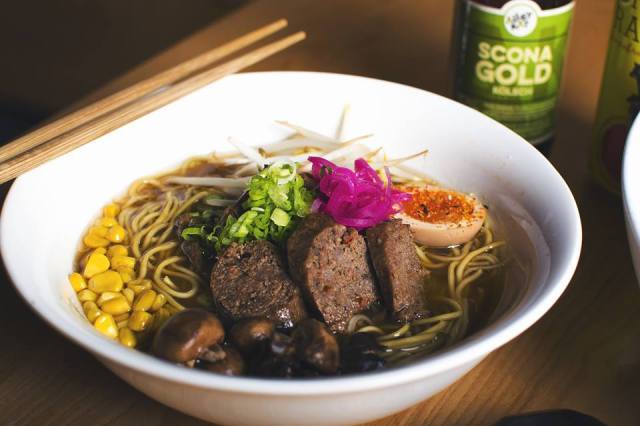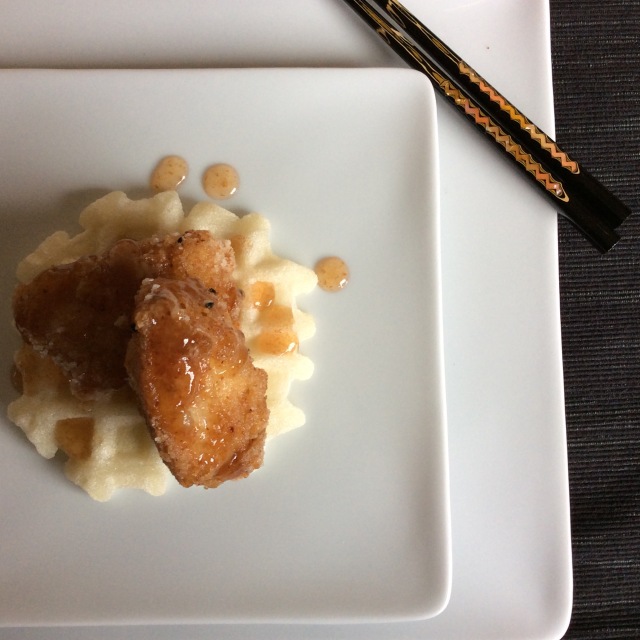I suppose it’s time for my annual blog post. Don’t think anyone is going to see it, since I let the domain name go dormant. Didn’t see any reason to pay for something I don’t use anymore, but writing is therapeutic for me, so here we go.
2017 was a shit year for me. I’m betting more than a few of my friends are going to disown me if they ever manage to read this, but I let a girl get in to my head, and she did a metric fuckton of damage while she was in there. Not going into detail, but I took an emotional beating on an epic scale. As it turns out, while I may register in the top 10 percentile in physical toughness, apparently I’m a bloody wuss, emotionally.
Also in 2017, I managed to reconnect with an old friend, but I drove her away again due to having a hard time dealing with the aforementioned emotional ass-kicking.
I did, however, reconnect with yet another old friend, and that is going well, but I think she may be getting a little annoyed with all the drunk texts I keep sending her. Ah well.
I did have one fairly significant win in 2017, though. While planning the fall menu at the restaurant, I came up with the idea for a beef ramen. It was a no-brainer, really – I live in Alberta, the beef capital of Canada. Of course we should have a beef bowl on the menu!
It took a lot of tweaking, revisions, and experimentation, but eventually this earned a spot on the roster:

The Beef Nimono. “Nimono” is a Japanese term that, roughly translated, means “braised”. I took a brisket, cut it into pieces, seared them, then braised them in a mixture of dashi, soy sauce, sake, mirin, and sugar for about 12 hours, then shredded the crap out of it. A local sausage maker (and friend of the restaurant) developed an exclusive beef brisket sausage for us so we could tout the bowl as “brisket two ways”, and I threw in some bean sprouts, soy sauce/lemon juice marinated mushrooms, sesame sautèed sweet corn, and pickled shallots as toppings, just because Why The Hell Not?. Oh, and I finished it off with the restaurant’s signature Umeboshi Egg. No, I will not disclose how we make those eggs. Trade secrets, doncha know.
The broth itself is pretty standard – beef knuckle bones, roasted off and then dumped into a stock pot for around 18 hours, then finished off with a combination of leeks, onions, ginger, garlic, and shiitake mushrooms. While it may sound simple, it is a complex melding of flavors. To serve the bowl, we season it with our house made tare (soy sauce based seasoning).
I am not going to post the recipes for any components of this bowl. Duh. This is a profitable item for my resto; ain’t no damn way in hell that I will jeopardize that. 😀 BUT, it is the first entreé item I have created for the restaurant, and I’m pretty damn proud of it.
And it’s selling well. Since we launched the new menu at the beginning of December, we’ve sold over 600 units of this dish. I’m cool with that.
If you can actually read this post, and are around the Edmonton, AB area, stop by the restaurant and check it out for yourself – 10350 124 Street.









